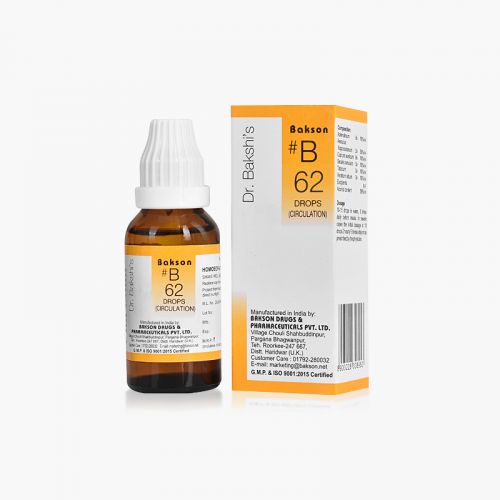We use cookies to make your experience better. To comply with the new e-Privacy directive, we need to ask for your consent to set the cookies. Learn more.
What is Frostbite?
Frostbite, or freezing cold injury (FCI) is defined as tissue damage occurring as a result of cold exposure, occurring at temperatures below 0 degrees C. There is high risk for ischemic tissue injury and necrosis. Patients that survive cold tissue injury are prone to secondary infection and dehydration from loss of the skin barrier.
It occurs when the body is exposed to intense cold, resulting in vasoconstriction. The resulting decrease in blood flow leads to ice crystal formation. The feet, hands, ears, lips, and nose are most commonly affected. Most cases occur in the winter and the homeless people and those who perform outdoor activity are most at risk.
Causes
It is caused by exposure of skin to freezing conditions. Certain pre-existing conditions may worsen the tissue injury, such as peripheral vascular disease, malnutrition, Raynaud's disease, diabetes mellitus, tobacco use, etc. Risk factors for frostbite include:
- Winter season
- Inadequate shelter from the cold
- High wind chill factor
- Exposure at a high altitude
- Prolonged duration of exposure
- Prolonged exposure to a wet condition
- Altered mental status
- Alcohol or drug abuse
- Malnutrition
- Immobilization
- Extremes of age
- Homelessness
- Presence of medical disorders like diabetes, hypothyroidism, peripheral vascular disease, stroke or arthritis
- Smoker
Signs and Symptoms
Frostbite can be divided into following 4 stages based on the clinical presentation:
- First degree - numbness, central pallor, surrounding erythema/edema, desquamation, dysesthesia
- Second degree - skin blistering with surrounding erythema/edema
- Third degree - tissue loss involving entire thickness of skin, hemorrhagic blisters
- Fourth degree - tissue loss involving deeper structures, resulting in loss of the affected part
Another classification based on early imaging studies includes:
- Grade 1 - no cyanosis on the extremity; no risk of amputation or sequelae predicted
- Grade 2 - cyanosis on distal phalanx only; amputation to soft tissue and sequelae of fingernail/toenail sequelae predicted
- Grade 3 - cyanosis on intermediate and proximal phalanges; amputation to the bone of the digit and functional sequelae predicted
- Grade 4 - cyanosis over carpal/tarsal bones; amputation to limb and functional sequelae predicted.
Superficial frostbite affecting the epidermis and subcutaneous fat develops pale, white blisters upon rewarming. Deep, full-thickness frostbite becomes hemorrhagic with rewarming and may also become gangrenous. Injured skin is usually well-demarcated with surrounding viable skin.
Diagnosis
The diagnosis is mainly clinical but certain tests like Tc-99 triple phase scanning and magnetic resonance angiography (MRA) may be advised in severe cases.
Management
Patients should be protected from further injury by covering the exposed areas. The management of frostbite is done by rewarming in the field if there is no anticipation of refreezing. Remove patients from the wind. Remove wet clothing and replace it with dry clothing. Avoid vigorous rubbing as that can cause further damage.
In-hospital management includes warm water baths, approximately 40-42 degrees C. Patients with systemic hypothermia should be managed by raising core temperature above 35 degrees C.
Risk modification includes:
- proper clothing,
- Access to shelter
- Maintaining hydration and nutrition
- Patients should be advised to keep clothing as dry as possible and to wear multiple layers if there is risk of cold exposure.
Warning: Above information provided is an overview of the disease, we strongly recommend a doctor's consultation to prevent further advancement of disease and/or development of complications.
Disclaimer: The information provided herein on request, is not to be taken as a replacement for medical advice or diagnosis or treatment of any medical condition. DO NOT SELF MEDICATE. PLEASE CONSULT YOUR PHYSICIAN FOR PROPER DIAGNOSIS AND PRESCRIPTION.
- #B 62 DROPSSpecial Price ₹ 160.00 Regular Price ₹ 200.00
- AGARICUS MUSCARIUS 30₹ 100.00
- ARSENICUM ALBUM 30₹ 100.00
- NUX VOMICA 30₹ 100.00







